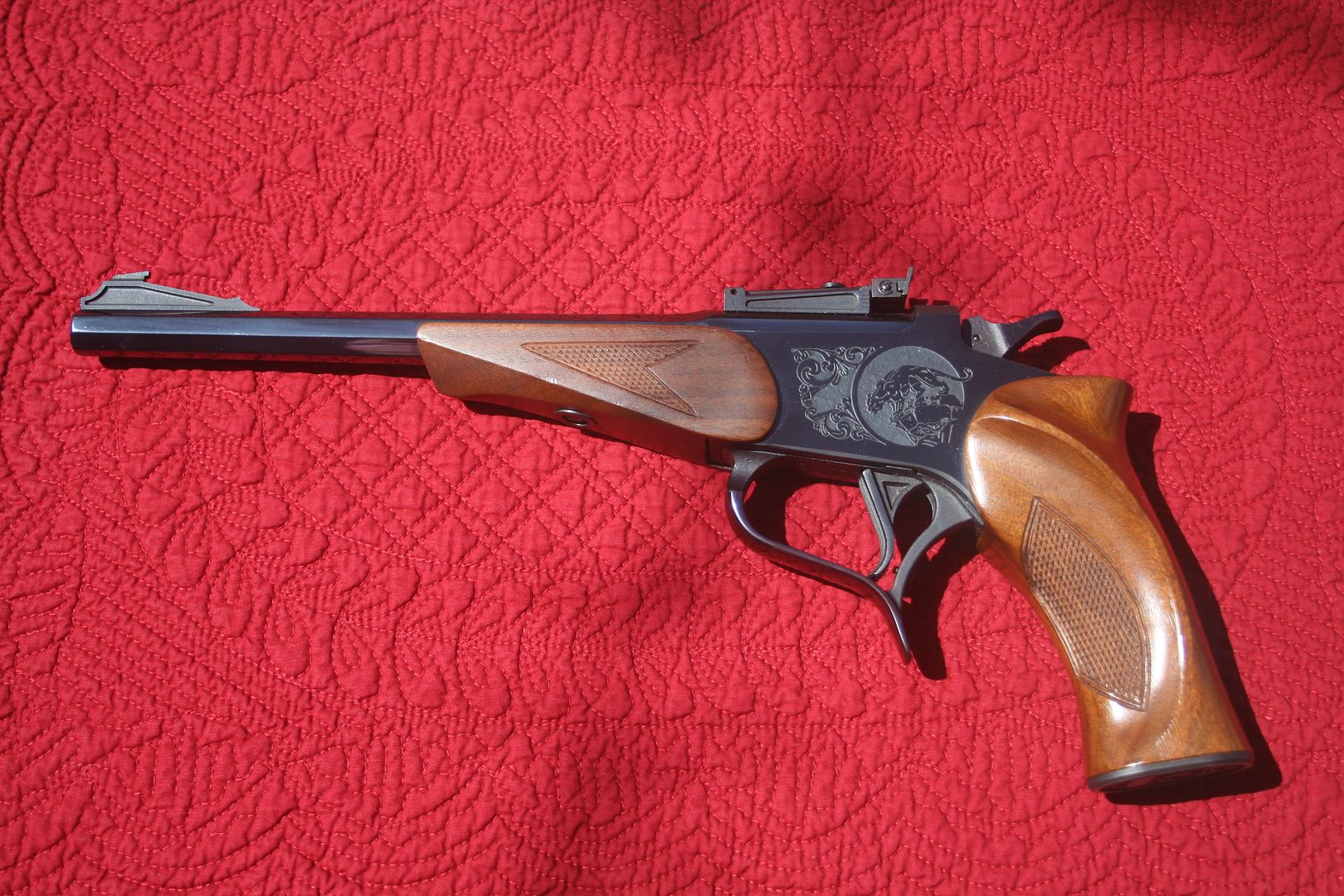**Update: verdict is: recoil starts as soon as the projectile starts moving in the barrel. A consistent grip affects firearm movement during recoil impulse, which affects POI.
Alright you physics nuts, here's a mind bender for you.
Premise 1: I have heard that in semi auto pistols, recoil/barrel movement/slide reciprocation does not occur until after the projectile exits the barrel. All forces in the chamber/barrel are balanced until the projectile exits, then the barrel acts like a rocket pointed towards the breech face and starts the cycling motion.
Premise 2: The above does not hold true for revolvers. J-frame snub nose manuals state that sights are calibrated for 158 grain projectiles. Lighter projectiles impact lower. This has been explained as longer dwell time in the barrel AS THE BARREL RISES FROM RECOIL (even before bullet exited the barrel). Lighter bullets will exit earlier on the upwards ark and impact lower.
Question: If the above are true, why the difference? Why does recoil happen in a revolver before the bullet has exited the barrel but not on a semi auto?
My guess: perhaps barrel cylinder gap allows gasses to escape and pushes the revolver up even before the bullet exits the barrel.
Please help me clear this mind twister up.
Alright you physics nuts, here's a mind bender for you.
Premise 1: I have heard that in semi auto pistols, recoil/barrel movement/slide reciprocation does not occur until after the projectile exits the barrel. All forces in the chamber/barrel are balanced until the projectile exits, then the barrel acts like a rocket pointed towards the breech face and starts the cycling motion.
Premise 2: The above does not hold true for revolvers. J-frame snub nose manuals state that sights are calibrated for 158 grain projectiles. Lighter projectiles impact lower. This has been explained as longer dwell time in the barrel AS THE BARREL RISES FROM RECOIL (even before bullet exited the barrel). Lighter bullets will exit earlier on the upwards ark and impact lower.
Question: If the above are true, why the difference? Why does recoil happen in a revolver before the bullet has exited the barrel but not on a semi auto?
My guess: perhaps barrel cylinder gap allows gasses to escape and pushes the revolver up even before the bullet exits the barrel.
Please help me clear this mind twister up.
Last edited:

